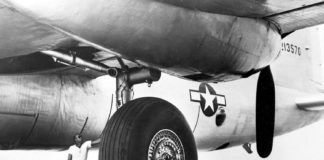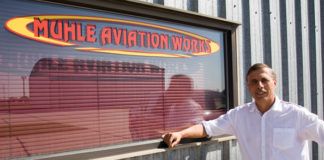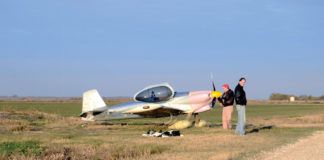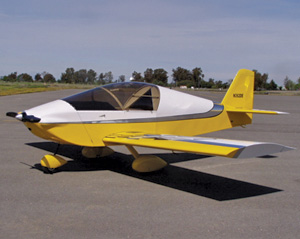
Merle Reppert’s Sonex
I test-flew my yellow Sonex on April 10, 2011. (I had enjoyed building my previous red Sonex so much that I built another one, this time in yellow.) The first one is powered by a 120-hp Jabiru, but the yellow Sonex uses an 80-hp AeroVee engine from Sonex.
The Sonex kits are well designed and easy to build. They perform well and are a joy to fly. The next one I build will be a Sonex Onex (the single-place design). The yellow one will go up for sale when I finish flying off the 40-hour Phase I test period. Too bad I can’t keep them all!
Paradise, California
[email protected]
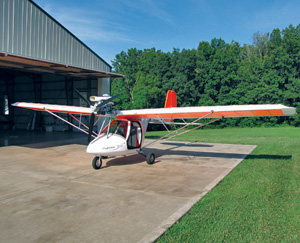
Bob Talir’s Flightstar II SC
My kit arrived on February 9, 2009. After taking inventory, I began building and completed the plane in 480 hours over a 14-month period. My first flight was on July 17, 2010 at Troy Airpark in Troy, Missouri. I get great climb on takeoff after a ground roll of about 150 feet. It climbs at 60 mph, cruises at 65 mph and lands at 55 mph. Fuel burn is about 3.5 gph. With its light wing loading and thistledown feel in summer thermals, I tend to restrict my flying to early morning or late evening to find smooth air. My wife, Nancy, who was very supportive throughout this project, likes to go up on calm evening flights to float along and look at our lush green countryside.
Florissant, Missouri
[email protected]
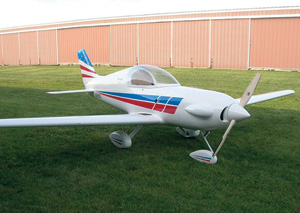
Brian Burghgrave’s Star-Lite M2
I started building my Star-Lite in the summer of 2005 and the aircraft was signed off in March 2009. I recorded about 473 hours in the construction logs. The original Star-Lite used a Rotax 447 engine, but I elected to use a Rotax 503, necessitating a new cowl. In addition, I installed flaps and an aircraft parachute system. I also counterbalanced the ailerons and elevator. With these changes I elected to add the “M2” to the name. The first flight in October 2009 was uneventful, except for the muscle strain from the ear-to-ear smile. I was amazed how easy this kit was to build, much like the RC kits I built years ago. It is a great combination of composite, wood and aluminum, each used to create an aircraft best described as “elegant simplicity.”
Mark Brown created this aircraft in the early 1980s, but his design is timeless! If the weather ever improves in the Midwest, I can’t wait to strap the Star-Lite on and bore holes in the sky.
Geneseo, Illinois
[email protected]
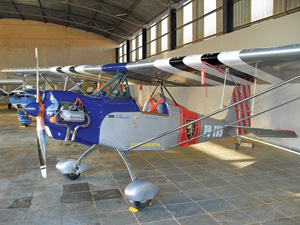
Paulo Flôres’s Corben Baby Ace
I am a Brazilian subscriber and this is my Galileu. It is a heavily modified Corben Baby Ace built from scratch over seven years by Mr. Soraggi, a gifted airplane model builder. That is the reason it is such a perfect flying machine! With a VW 2.2 engine I’m able to reach 82 knots. Wittman-type undercarriage and micro vortex generators plus lots of work to reduce drag and weight make takeoff, flight and landings a piece of cake and tons of pleasure. A range of 7 hours takes me anywhere throughout the continental country.
Brazil
[email protected]
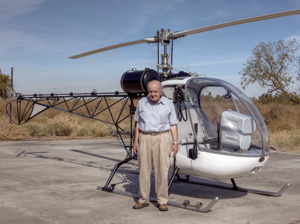
Joe Senatori’s Safari Helicopter
I started this project in 1998, building from plans, and doing the entire frame welding myself. I included all the standard basic instruments for VFR flight, Westach dual engine gauge, Microair M760 VHF airband transceiver with dual headsets, Microair T2000SFL transponder, and a Lycoming O-320 engine with Safari composite blades. Total time in service is 26.4 hours (both airframe and engine) since completing its airworthiness inspection on December 20, 2010.
I’d like to thank the many people who helped me on this project, including my son Steve and grandsons Steven Jr. and Mark for helping me to get the last stages of this project completed. I’d also like to thank my wife, Isabel, for her help. She did most of the riveting on this project.
Concord, California
[email protected]
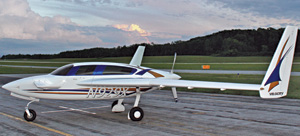
Mark Riley’s Velocity XL-5 RG
Our Velocity took its first flight on May 14, 2010, after three years and 11 months of building. It now has more than 100 fun hours. This is our second Velocity, and replaces our smaller standard RG. We built it to be a fast cross-country traveling machine for the family to explore the country and take us to vacation destinations. It does just that—cruising at 200 knots on a 300-hp Lycoming turning a three-blade AeroComposites constant-speed prop. It carries our family of four plus full fuel and 100 pounds of luggage.
It has a leather interior and a full IFR all-glass panel, including two big Grand Rapids Technologies screens as well as a Dynon D10 and AvMap EKP-IV for backup. It also has a TruTrak autopilot, Infinity stick, all LED Aveo nav/strobes and an HID landing light. We’ve flown it on trips up and down the East Coast from New England to Florida, and have flown into Oshkosh AirVenture twice. In April we flew from our home in Pennsylvania to Eleuthera, an island in the Bahamas. I enjoyed building the plane and am enjoying the flying adventures even more. Thanks to my A&P, Dennis Glick, for all his help and guidance and to Lancaster Aero Refinishers for the great paint. Most of all, thanks to my wife, Nancy, for supporting me through building a second plane. See the build process and our continuing adventures on our web site: marksvelocity.blogspot.com.
Glenmoore, Pennsylvania
[email protected]
BUILDERS SHARE THEIR SUCCESSES
 Submissions to “Completions” should include a typed, double-spaced description (a few paragraphs only—250 words maximum) of the project and the finished aircraft. Also include a good color photograph (prints or 35mm slides are acceptable) of the aircraft that we may keep. Please include a daytime phone number where we can contact you if necessary. Also indicate whether we may publish your address in case other builders would like to contact you. Send submissions to: Completions, c/o KITPLANES® Magazine, P.O. Box 315, Ashland, OR 97520. Digital submissions are also acceptable. Send text and photos to [email protected] with a subject line of “Completions.” Photos must be high-resolution—300 dpi at a 3 x 5 print size is the minimum requirement. You can also submit your aircraft through our online form.
Submissions to “Completions” should include a typed, double-spaced description (a few paragraphs only—250 words maximum) of the project and the finished aircraft. Also include a good color photograph (prints or 35mm slides are acceptable) of the aircraft that we may keep. Please include a daytime phone number where we can contact you if necessary. Also indicate whether we may publish your address in case other builders would like to contact you. Send submissions to: Completions, c/o KITPLANES® Magazine, P.O. Box 315, Ashland, OR 97520. Digital submissions are also acceptable. Send text and photos to [email protected] with a subject line of “Completions.” Photos must be high-resolution—300 dpi at a 3 x 5 print size is the minimum requirement. You can also submit your aircraft through our online form.

